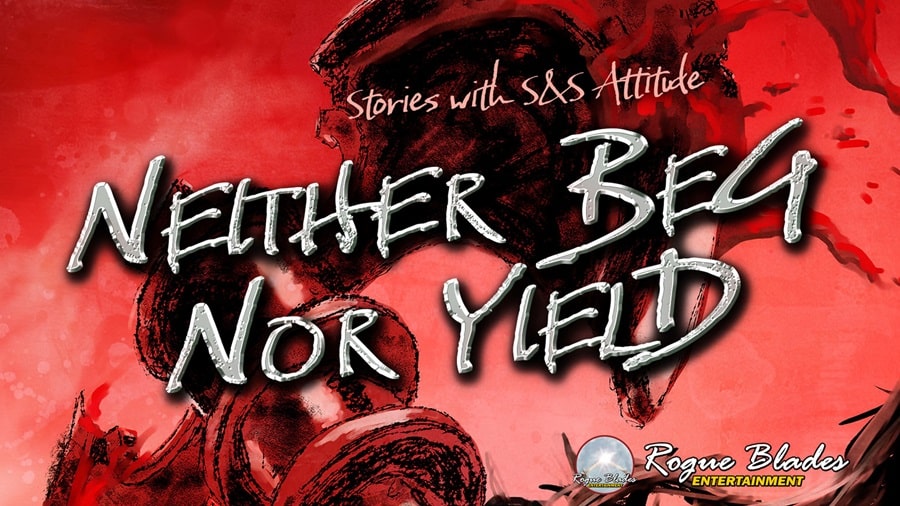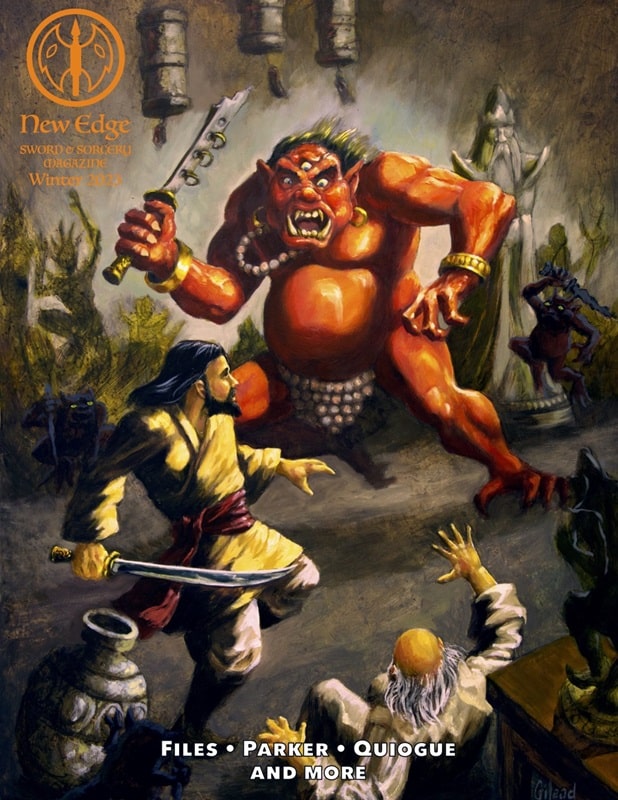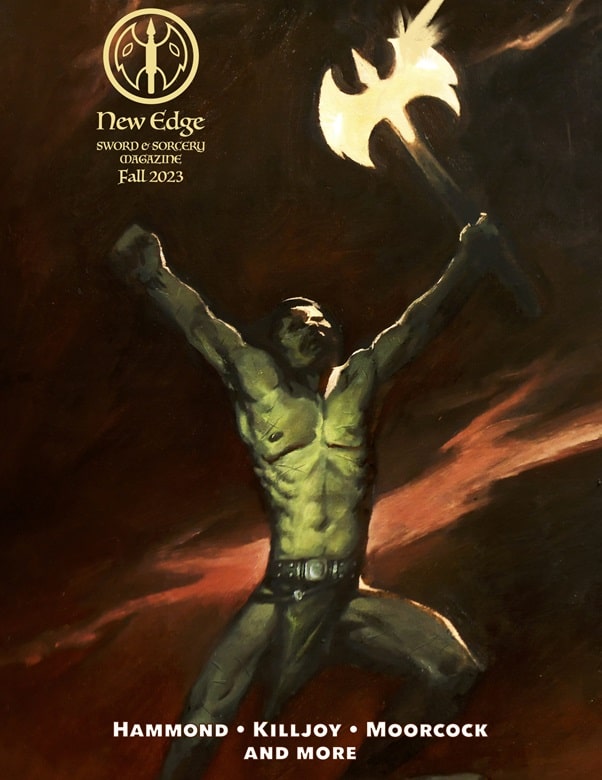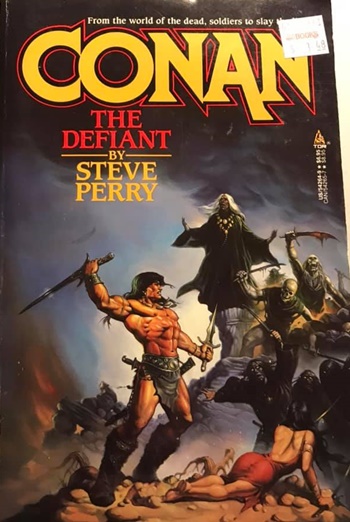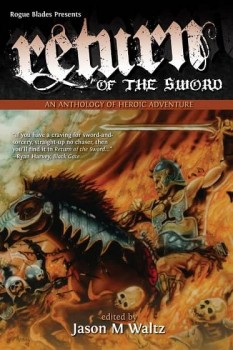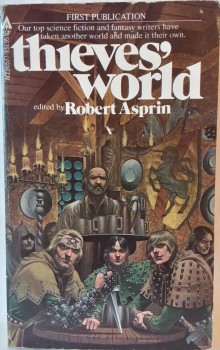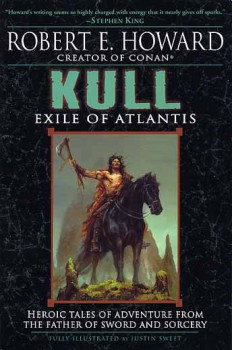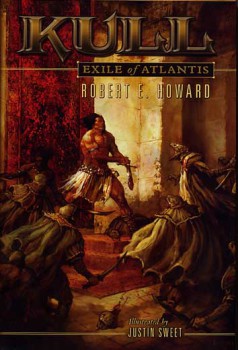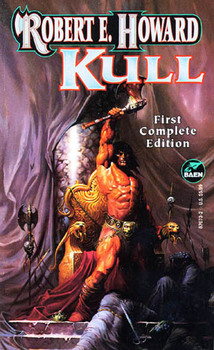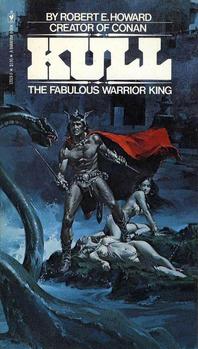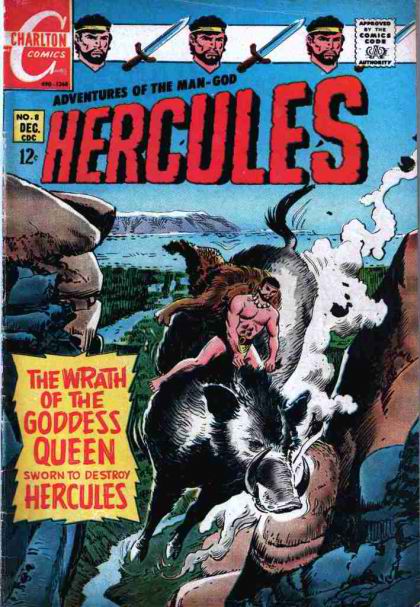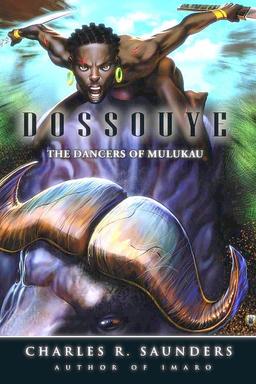A Paean to the Outsider: A Review of Neither Beg Nor Yield, edited by Jason M. Waltz
Neither Beg Nor Yield (Rogue Blades Entertainment, April 2024)
I can’t say if Jason M. Waltz and his Rogue Blades Entertainment’s swansong is the largest collection of Sword & Sorcery ever published, but it’s damn close.
It’s also the most metal. From this over-the-top, blood-splash cover featuring an axe headed toward the reader’s face to the powerful black & white line art that runs throughout. there’s a Savage Sword of Conan-meets-Heavy Metal vibe to the layout that tells you exactly the feel of the prose within.
With all respect to my friend Dave Ritzlin at DMR Books (and the most metal *publisher* of S&S), who literally launched his press by bringing S&S-loving metalhead musicians together to create anthologies of tales, I don’t mean erudite, I can tell you the difference between symphonic metal, thrash metal, Viking metal, dark metal, and the White Christ help us, Troll Metal (which I just learned a few months ago is actually a thing): I mean working out with your buddies in your dad’s garage gym with the Judas Priest-cranked between rewatches on VHS of Conan (the Barbarian, we don’t talk about the sequel), and Beastmaster, or cackling to yourself while working on your killer dungeon to spring on your friends at Friday night’s game with Black Sabbath and Iron Maiden wailing metal.
